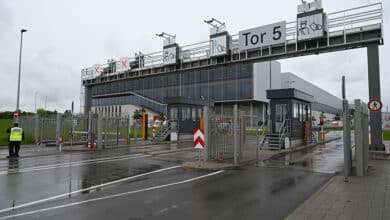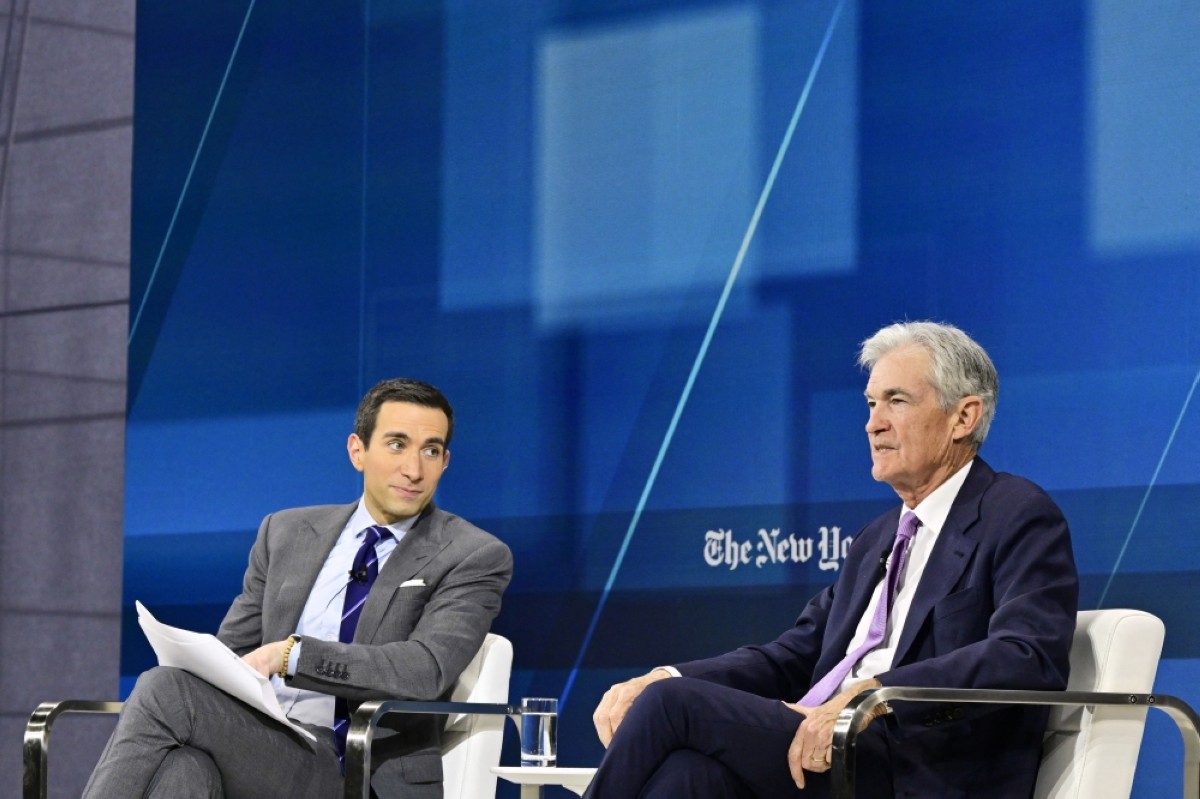Car sales in Germany rise as supply chain problems ease
FRANKFURT: New car sales in Germany rose strongly again in May as supply chain problems eased, official figures showed Monday, but analysts warned the weakening economy may weigh on the sector.

SINDELFINGEN: Factory 56 is seen at the plant of German car maker Mercedes-Benz in Sindelfingen, southern Germany.- AFP.
A total of 246,966 new cars were registered in Europe’s top economy last month, up 19.2 percent on a year earlier, according to the KBA federal transport authority. This followed a rise of 12.6 percent in April and a 16.6 percent improvement in March. “The new car market continues to improve, the upswing is robust,” said EY analyst Peter Fuss. Sales of all-electric vehicles rose by 46.6 percent.
But demand for plug-in hybrids fell by 40.5 percent, the latest sign that motorists are turning their backs on the models. As a semiconductor shortage that had impacted production continues to ease, manufacturers will be able to ramp up production further to meet demand, said Fuss. While the upward trend would likely continue for the time being, a weak economic picture coupled with high inflation could lead to a slowdown, he said. Germany’s economy fell into recession around the turn of the year as consumer prices surged and after the European Central Bank implemented a series of interest rate hikes.
Fuss also noted that sales were still well below the levels seen before the coronavirus pandemic. Exports rebound Meanwhile, German exports bounced back in April after falling a month earlier, official data showed Monday, but analysts said it was too soon to see a recovery in Europe’s recession-hit largest economy. Germany exported goods worth 130.4 billion euros ($139 billion) in April, data published by federal statistics agency Destatis said, a 1.2-percent increase on the previous month. In March, demand for “made in Germany” goods plunged by six percent.
The bounce-back was driven by a 4.7-percent jump in exports to the United States, which was once again Germany’s biggest export destination. Exports to key market China saw a 10.1-percent increase, while those to European Union countries rose by more than four percent. Imports fell 1.7 percent in April to 112 billion euros, leading a trade surplus of 18.4 billion euros for the month. The rise in exports after March’s sharp decline brought some relief, analysts said, after Europe’s export powerhouse slid into a recession at the turn of the year as inflation and higher interest rates curbed demand.
But the April rebound in exports is “too little to make us happy”, said ING bank economist Carsten Brzeski. “Trade is no longer the strong resilient growth driver of the German economy it used to be,” he said. An expected slowdown in the US economy, ongoing supply chain frictions and China increasingly being able to produce its own goods would all “leave clear marks on German exports”, Brzeski warned. The German economy shrank by 0.3 percent in the first three months of 2023 following a 0.5-percent contraction in the final quarter of last year, according to figures released by Destatis at the end of last month. The German government expects the economy to grow by 0.4 percent over the whole of 2023.- AFP.











